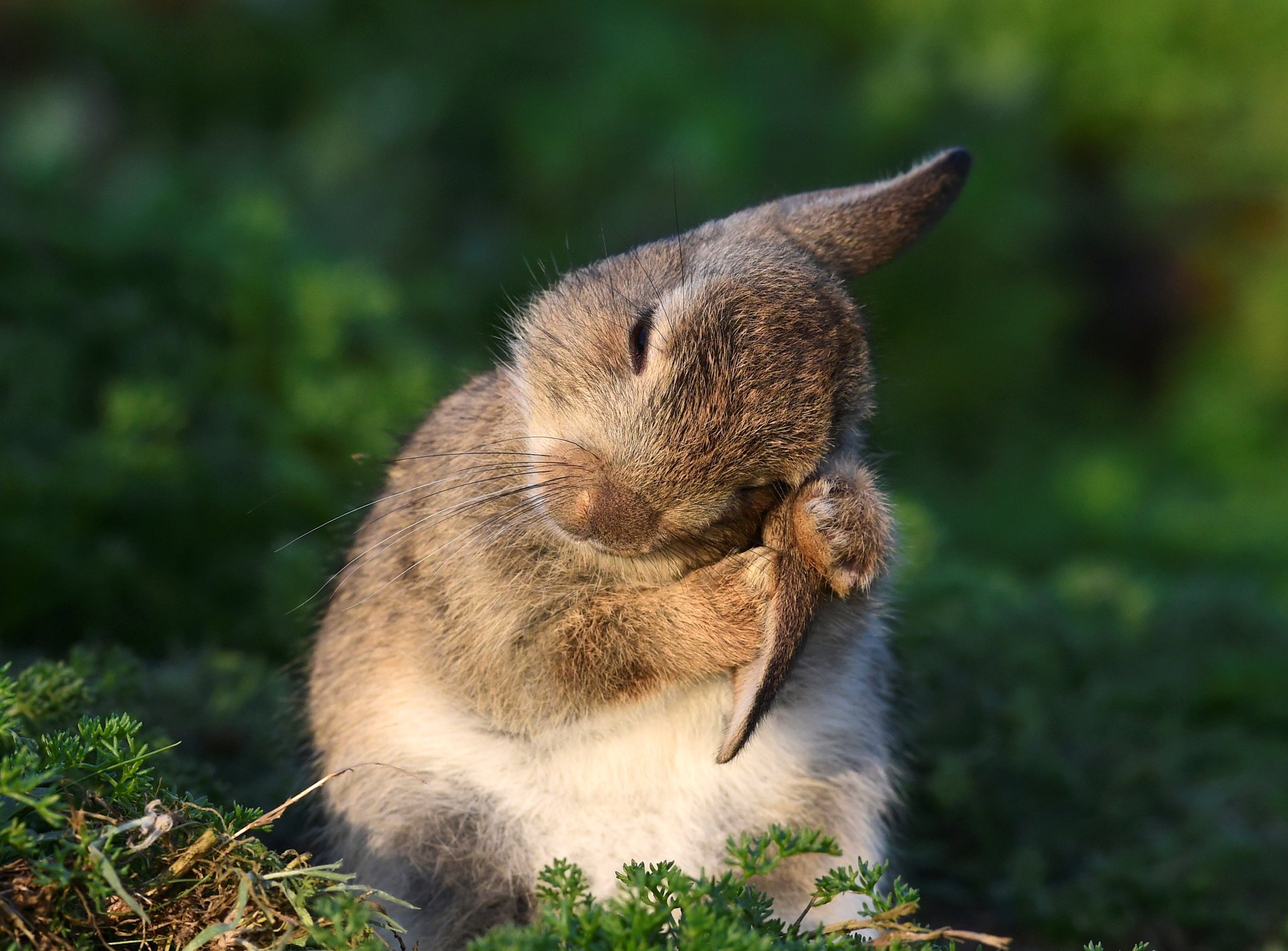California’s animal-testing ban deserves air quotes
California governor Jerry Brown signed The California Cruelty-Free Cosmetics Act (SB-1249) into law last week, largely prohibiting the sale of cosmetic products and ingredients that have been tested on animals beginning in January 2020. Animal-tested products may still be sold in the state after the start of 2020, so long as the testing on them did not occur after that date. Violators will be punished with an initial fine of $5,000 and an additional $1,000 for each day the violation continues.


California governor Jerry Brown signed The California Cruelty-Free Cosmetics Act (SB-1249) into law last week, largely prohibiting the sale of cosmetic products and ingredients that have been tested on animals beginning in January 2020. Animal-tested products may still be sold in the state after the start of 2020, so long as the testing on them did not occur after that date. Violators will be punished with an initial fine of $5,000 and an additional $1,000 for each day the violation continues.
The bill is seen as major step forward by advocates of cruelty-free beauty, and mirrors anti-animal testing measures already taken up in the EU, India, Israel, Norway, and other nations. That said, California’s “ban” carves out some pretty massive exceptions that leave plenty of room for continued animal testing, especially for companies that sell in global markets.
First, companies can continue to fund animal testing for products and ingredients sold in countries where such testing measures are required by law. As such, manufacturers can also keep selling those animal-tested products in California, as long as they only funded those animal tests in order to be compliant with foreign regulations. China, the world’s largest economy and a huge market for American beauty products, might be the biggest influence in this regard. The country is beginning to move away from animal testing, but currently still requires animal testing on all imported cosmetics. This means that companies selling cosmetics in China—including US-based conglomerates like Estée Lauder and Coty—will most likely continue funding animal tests.
Furthermore, according to the California regulation, animal testing may still take place if both there are no non-animal alternative methods of testing and the need to conduct animal tests is “justified and is supported by a detailed research protocol proposed as the basis for the evaluation.” At a national level, the US Food and Drug Administration (which regulates cosmetics safety but does not have the mandate to approve new products) does not require animal testing for cosmetics but asks manufacturers to “employ whatever testing is appropriate and effective” to ensure safety.
Overall, the existing restrictions leave companies generous room to make a case for continuing animal testing, which is perhaps why the legislation was comfortably endorsed by 100 cosmetics companies after amendments were added to an earlier and stricter version of the law.
According to the Humane Society, the animals most commonly used in testing are mice, rats, rabbits, and guinea pigs, the majority of which are killed when testing is complete. Examples of cosmetic testing can include tests for skin and eye irritation, wherein chemicals are rubbed onto the skin or dripped into the eyes of animals, as well as “lethal dose” tests, in which animals are made to ingest large amounts of a test chemical to determine the dose that causes death.